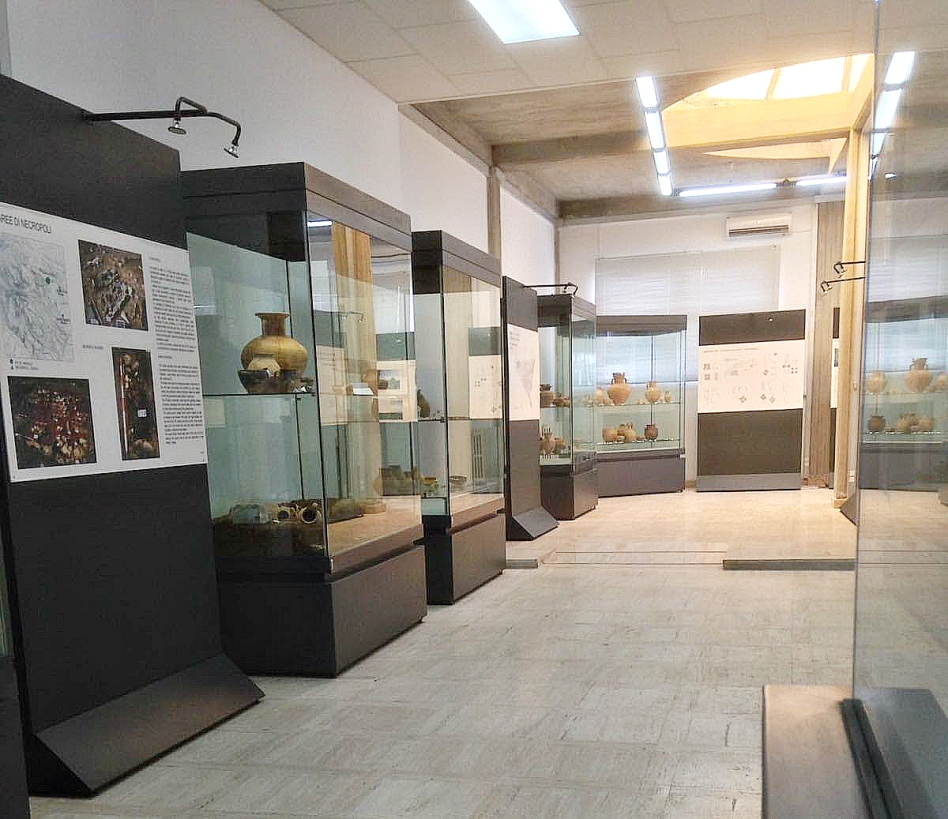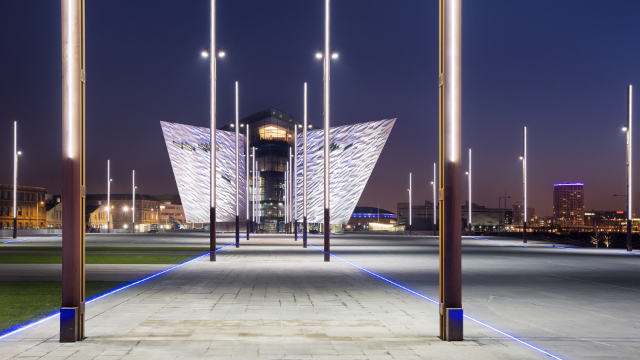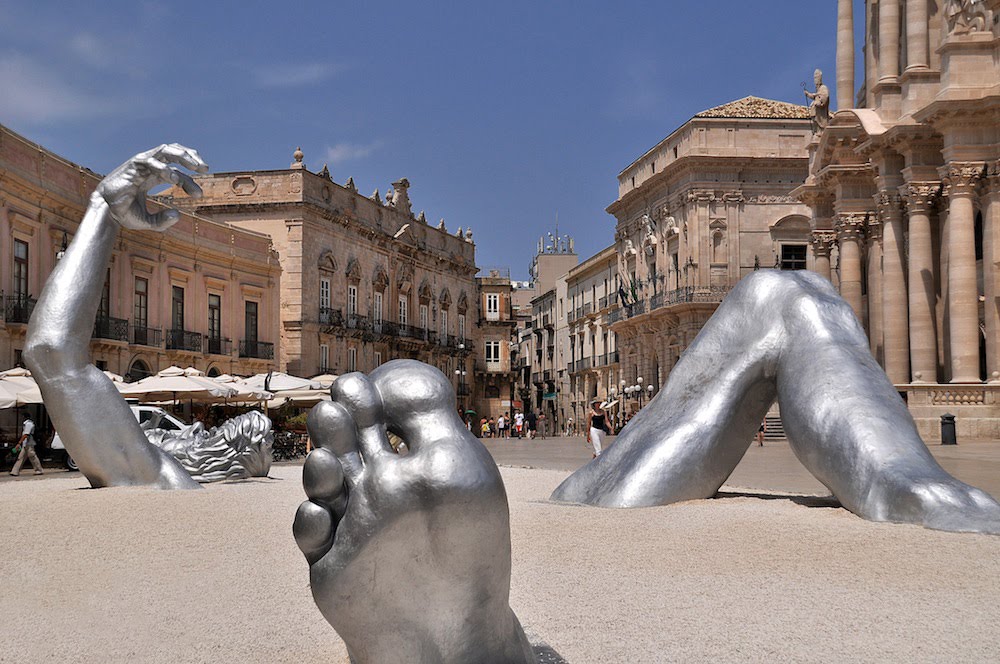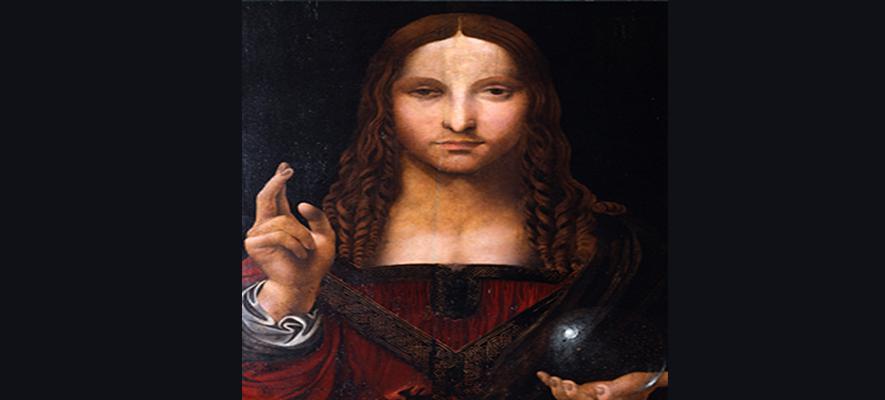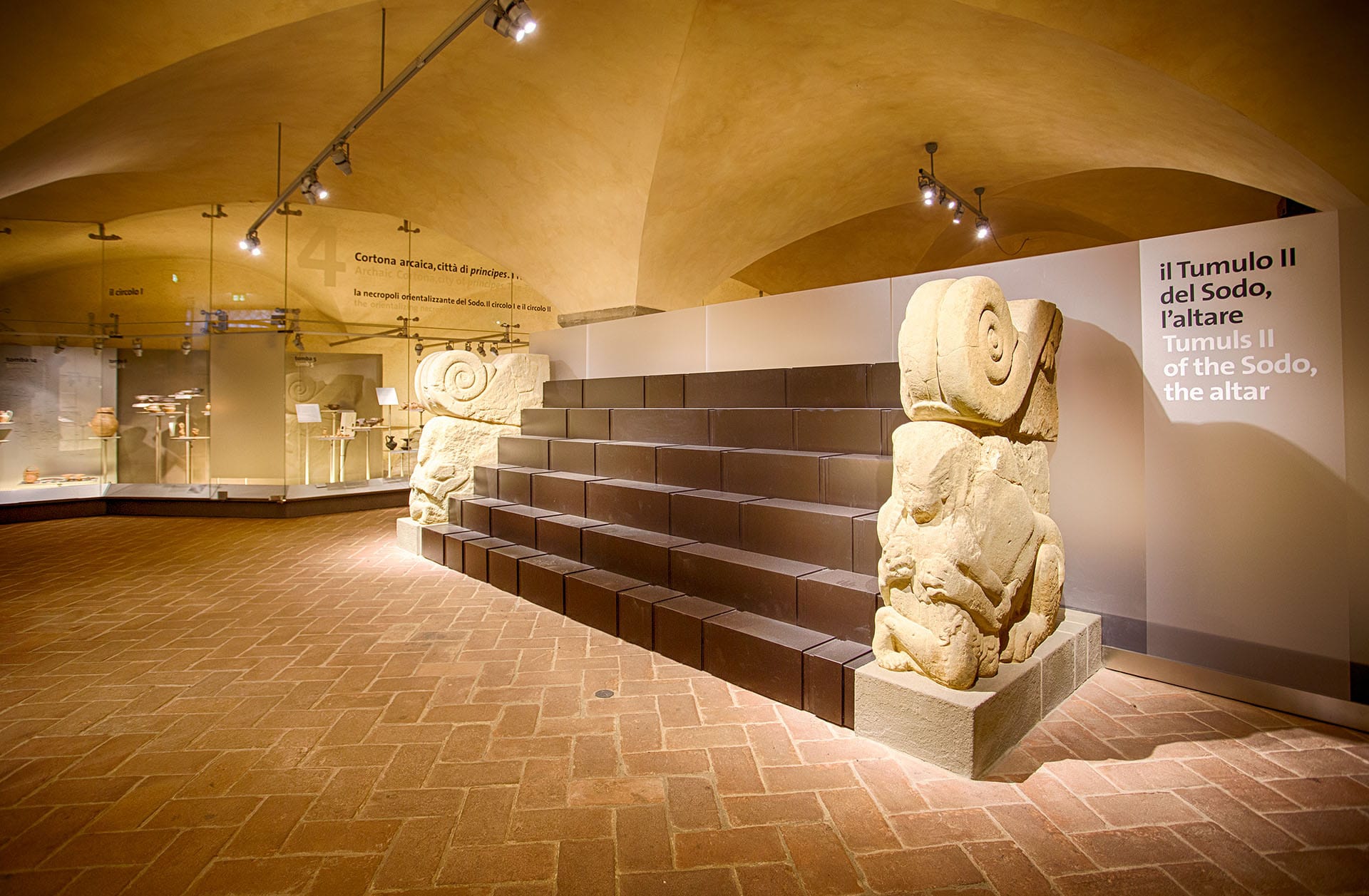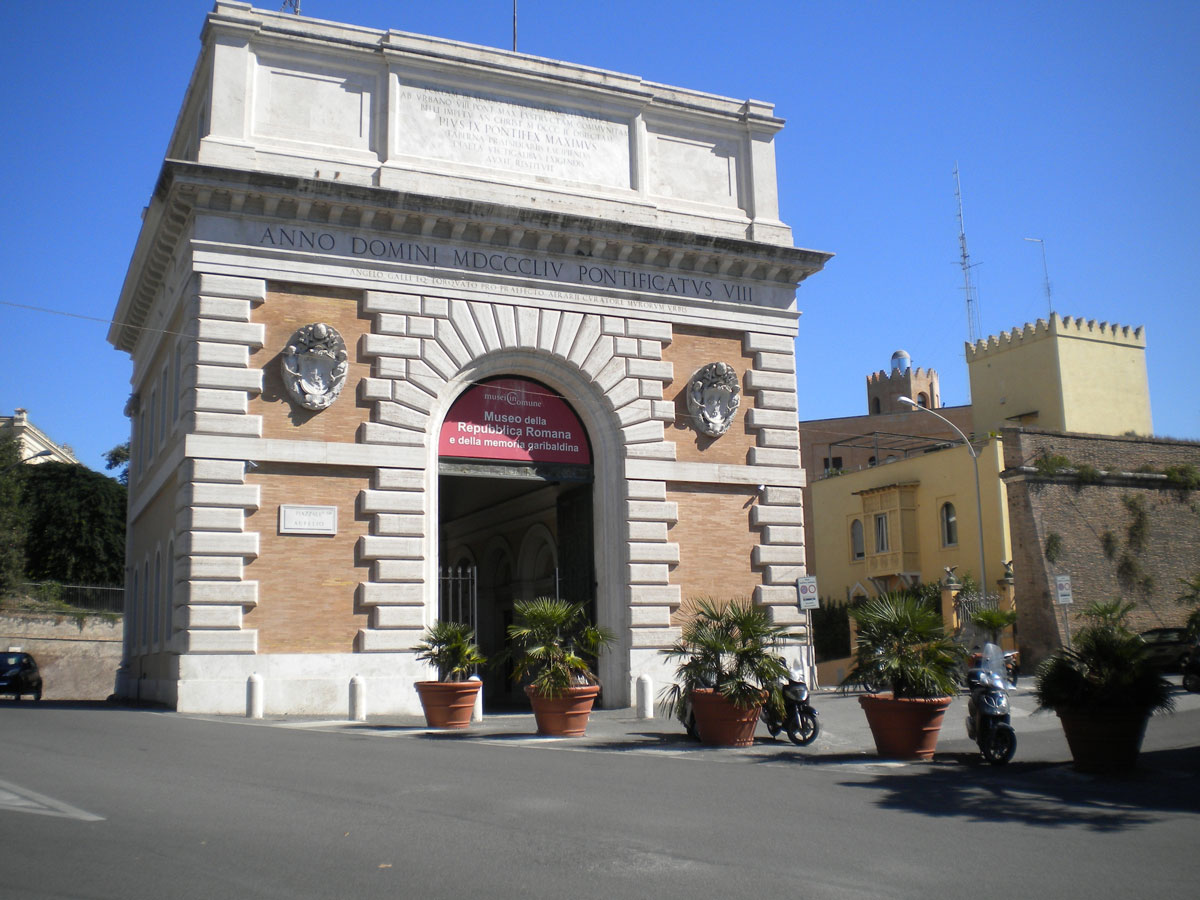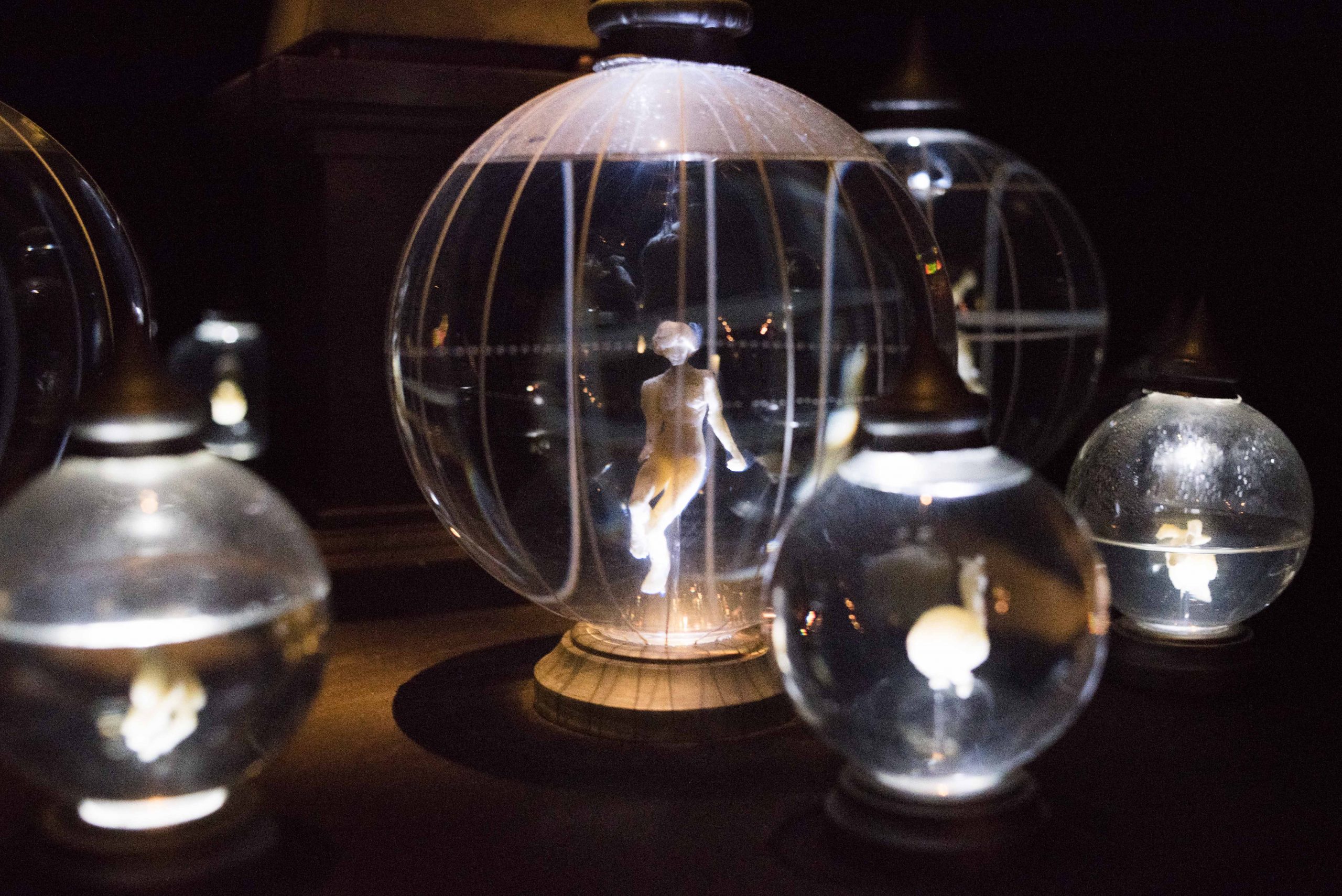National Archaeological Museum of Amendolara is dedicated to Vincenzo Laviola, doctor of Amendolara, scholar and passionate about antiquities, also committed to the preservation and custody of the historical and archaeological heritage of his land.
The Laviola collection consists mainly of metal finds and ceramic fragments from the protohistoric period (12th-8th centuries B.C.), already preserved in the small Civic Museum, established in the sixties of the last century.
The core of the collection is enriched by finds from excavations carried out between the end of the sixties and the seventies by the Superintendence of Calabria and coordinated by Professor Juliette de la Genière, which brought to light the burial areas located in Paladino and Mangosa and the related archaic settlement of St. Nicholas.
The museum itinerary winds through the various phases of the visit of one of the most important and significant sites of the Upper Ionian Sea, where the indigenous civilization of the Bronze Age, first, and then the Iron Age, was succeeded by the civilization of the Greek people. The colonization did not involve a tearing fracture, as is evident in other sites in the area, which completely disappeared with the advent of the Greeks.
In the Museum are documented to a lesser extent, since they are not investigated by regular archaeological research but are the result of random discoveries, the subsequent phases of life until the most recent eras.
Two multimedia informers, available in four languages, through films, comments and texts retrace the stages of the population of the Amendolara area from prehistory to the present day.
